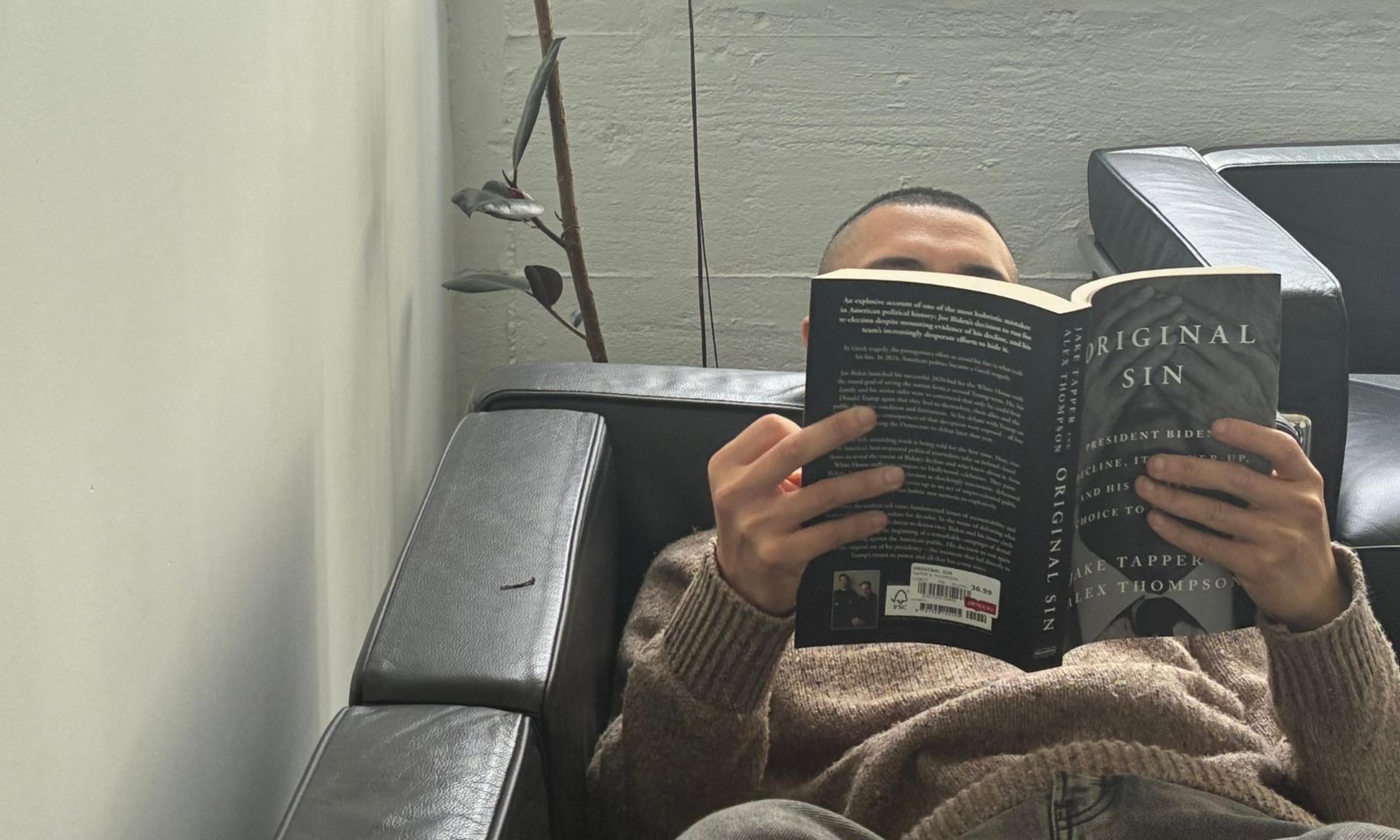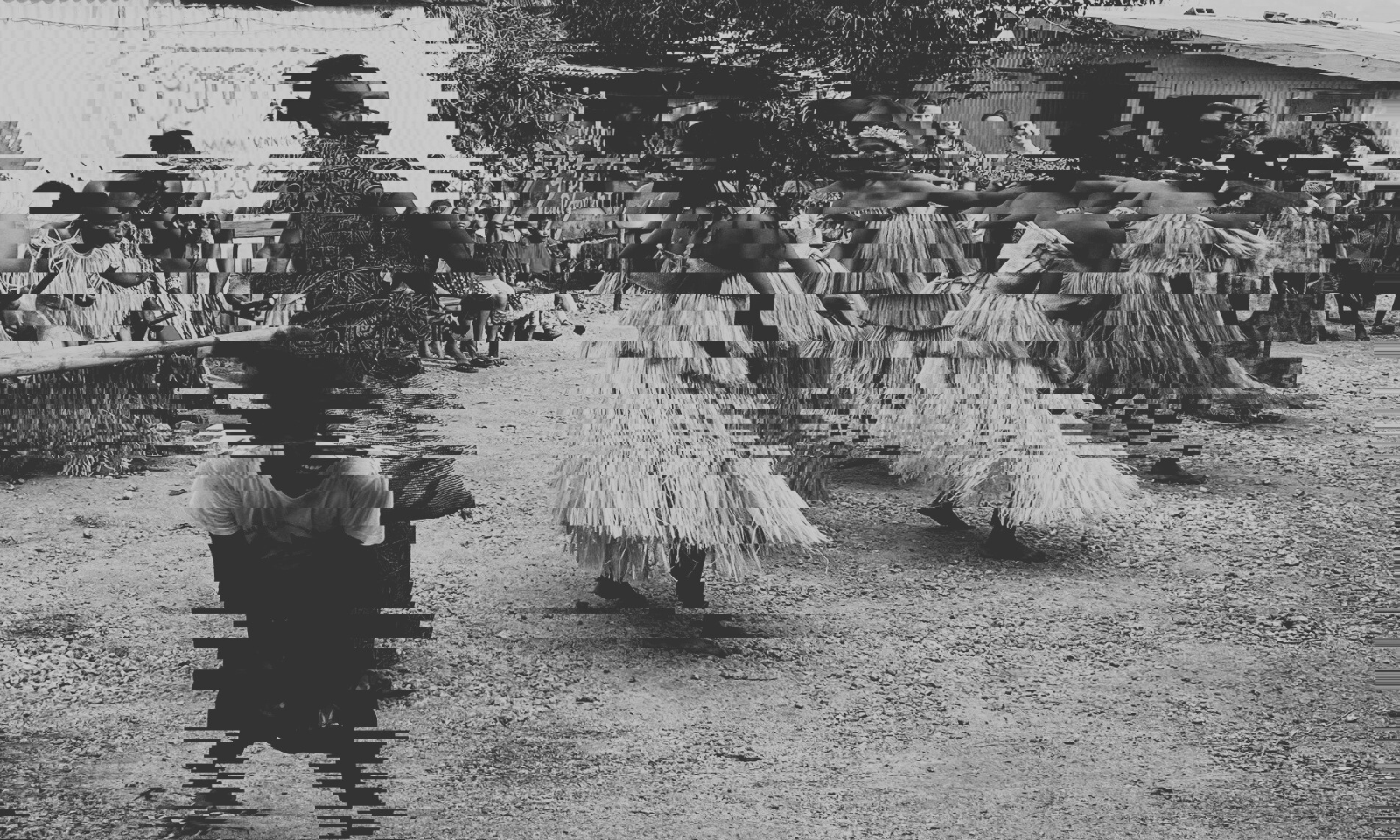

Photo/PMN News/Khalia Strong - Samoa 2009
Pacific paranormal: Why indigenous spirituality should be respected
Is our affinity with the supernatural evil, or spiritual?



Pacific leaders humbled by recognition in New Year 2026 Honours

Pacific Bites: South Auckland weighs in on the top dishes of 2025

Fiji community mourns after Sydney stabbing leaves two people dead



Pacific leaders humbled by recognition in New Year 2026 Honours

Pacific Bites: South Auckland weighs in on the top dishes of 2025

Fiji community mourns after Sydney stabbing leaves two people dead
"We didn’t have books read to us as kids, we were told ghost stories.”
This admission came from my father, describing his childhood self at bedtime. He was terrified of going to sleep in Nuku’alofa, haunted by tales of tevolo, nameless spirits or fa’ahikehe.
Thousands of families in New Zealand marked Halloween last month, but Pacific communities have a different relationship with the supernatural, where whispered stories of family curses, apparitions and spiritual reasons for unexplained sickness are widespread.
Victoria University Sāmoan studies lecturer Leaula Toaga Alefosio said many of beliefs were centred around respect for the night.
"Night time is when the spirits roam the physical realm freely so we must respect their space at night.
“Do not wear a hibiscus flower in your ear at night ... the hibiscus flower, especially the colour red, represents blood", Leaula said.
“Do not leave your hair hanging down at night as hair holds great mana and spirits with bad intentions will get jealous and you will lose hair.
“Mothers who walk around at night always cover the baby's face as their eyes are innocent and can see what we cannot see.
“A lot of the stories we were told were about the Teine Sā and their duty to teach girls a lesson who disturbed their peace and needed to be put back in their place as a tama'ita'i Sāmoa.”
TikTok influencer Kegisa Peata recreated these childhood stories for online content.
In an interview with Buzzfeed, Peata said although she felt they were used as a scare tactic by her parents, she wouldn't dare to test them.
"Those stories have heavily influenced me, putting this idea in my head that spirits exist in this world just as much as any of us do. They are meant to be respected, some things you should just never mess with."
Leaula said many of these beliefs have shaped cultural practices and ways of being in the islands, and people can make assumptions when something goes wrong or there is no other explanation to it.
“When someone is fasia (possessed or made sick by a spirit) this could be understood by someone as a curse.
“If a traditional tattoo does not heal, the recipient may have not followed the traditional rules in place and could be seen as a curse, or if a brother hurts his sister, his sister can put a curse on him and his children and their children will be cursed.”
Indigenous spirituality
Otago University’s Dr Christiane Leurquin is an expert in oral storytelling in Oceania, and said there’s a strong link between the spirit world and indigenous cultures in the Pacific.
“Whether you look at Māori or Pacific, it's all about being linked to your whakapapa, you're linked to the living and the dead.”

Nakaemas is the Bislama word for dark sorcery, practised in Vanuatu. Photo/PMN News
Leurquin said there are many beliefs and spiritual characters across the 24 languages in New Caledonia, but night time is a common theme.
“The darkness is always linked to the time where the dead can come back and talk to you.
“In nature as well, like when the trees are moving in the wind and you have the branches or the trunks touching each other and making noise, in a lot of places it means that someone is trying to talk to you.”
Evil or spiritual?
Worship and practices acknowledging ancient gods of the Pacific were shunned or banned after the arrival of Christian missionaries, Leaula said this change is recognised in the language used for indigenous Samoan practices and rituals.
“In terms of the gagana used in those spaces where Samoans acknowledge that 'ua ao Sāmoa (Sāmoa is now in the light) in reference to the arrival of Christianity in Sāmoa, so le Atua (Christian God) is acknowledged.”
Spiritual encounters were perceived as either of God or evil, but Leaula said it doesn’t have to be one thing or the other.
“In my opinion, spiritual encounters in our Sāmoan culture are not all seen as evil but as lessons to teach us to respect our environment, surroundings and each other more specifically the physical realm and spiritual realm.”
Modern day influence
Leaula said indigenous spirituality still exists and is practised in our modern day lives.
“When a person is fasia we have traditional healers known as taulasea who will bring back balance to that individual both mentally, physically, emotionally, spiritually through a fōfō (traditional Samoan massage).”
A TV series in 2021 called Teine Sā - The Ancient Ones, featured tales of ancient spirit women, or goddesses from Sāmoa, Hawai’i, and Solomon Islands.
Mario Faumui directed the first episode, Teine Sa, and spoke to PMN when it was first released.
“We've heard all these stories before from our aunties and our cousins and our grandmothers, and nothing is scarier than just hearing it.”
Faumui said he wanted to protect and honour the stories in a way that encouraged others to do the same.
“Due to colonisation and the introduction of Christianity, these stories have been demonised.
“So for us, there's this reclamation that's going on where Pasifika people are kind of stepping into their power and bringing all these stories back.”